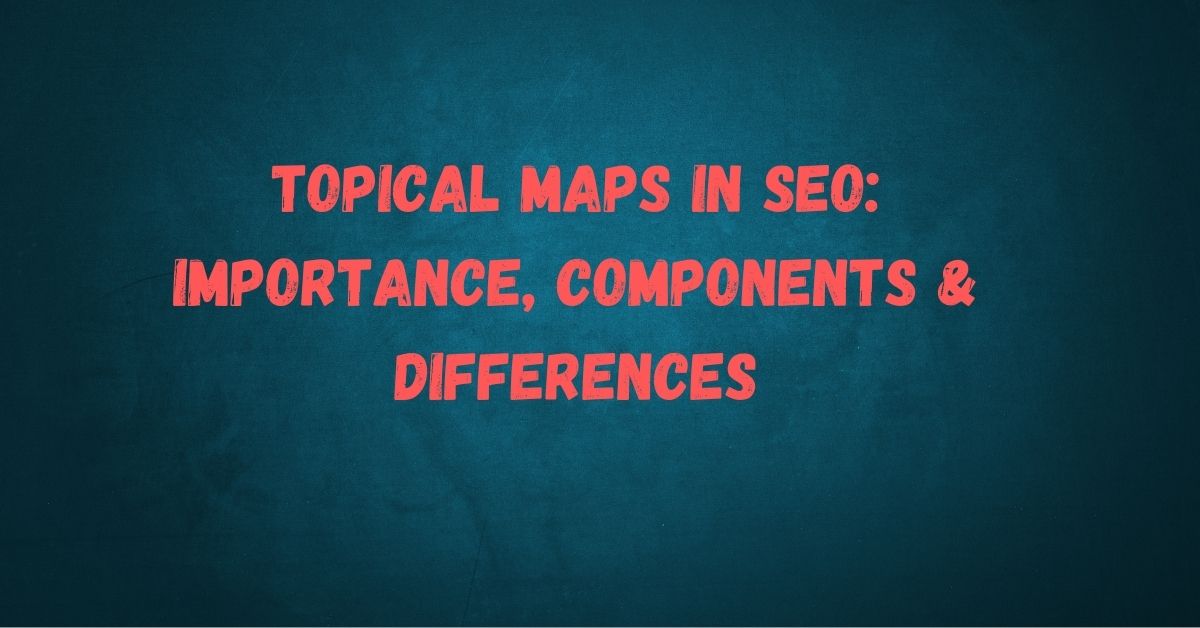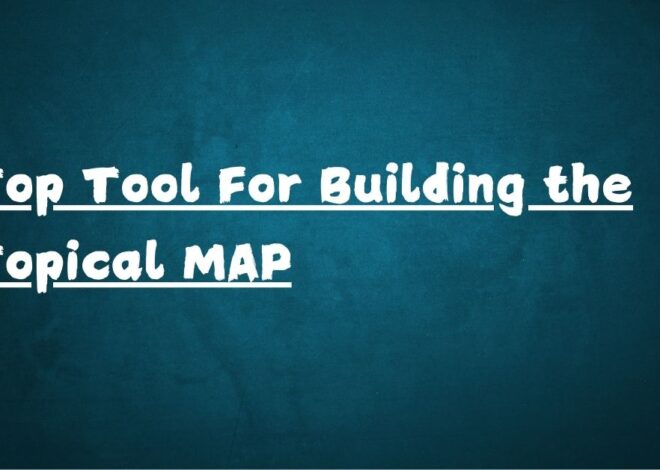
Topical Maps in SEO: Importance, Components & Differences
Topical maps are a powerful SEO tool for structuring content around relevant themes. In this blog, we’ll explore their importance in improving rankings, key components that make them effective, and how they differ from keyword maps, offering a more strategic approach to SEO.
Key Highlights:
- What is a Topical Map?: Learn how it organizes content for better SEO.
- Why It Matters: Discover its role in improving rankings and user intent.
- Key Components: Understand the main topics, subtopics, and links.
- Topical vs. Keyword Maps: See how they differ and why topical maps are more strategic.
What is Topical Map?
A Topical Map is a strategic SEO tool that organizes content around a central theme, breaking it down into related subtopics.
It helps improve website structure, keyword targeting, and content depth, ensuring comprehensive coverage of a topic.
By linking related content and optimizing for search intent, a Topical Map boosts SEO, enhances user experience, and establishes authority on the subject.
Why is Topical Map Important in SEO?
A topical map is vital for SEO as it helps search engines understand your website’s content structure. By organizing content around specific topics, it boosts relevance, authority, and user experience. Here’s why a topical map matters:
Improved Content Relevance: A well-structured site helps search engines recognize your content’s relevance, improving rankings for related queries.
Better Keyword Targeting: It allows you to target a range of related keywords, avoiding over-optimization on a single term.
Increased Authority: Organizing content around a niche builds authority, helping your site rank higher for related searches.
Enhanced User Experience: A clear structure makes it easier for users to navigate and find related content, reducing bounce rates.
Optimized Internal Linking: Helps with efficient internal linking, spreading link equity and boosting page visibility.
Efficient Crawling: An organized site structure allows search engines to crawl and index your content more effectively.
Content Strategy Alignment: A topical map helps identify content gaps, allowing you to create a more comprehensive strategy.
Incorporating a topical map into your SEO strategy ensures better rankings, user engagement, and long-term success.
What Are the Key Components of a Topical Map?
The table below outlines the essential components of a topical map, highlighting their purpose and how they contribute to building authority and improving SEO.
| Component | Description |
|---|---|
| Core Topic | The main theme your content revolves around. |
| Pillars | Broad subtopics supporting the core topic, targeting high-volume keywords. |
| Clusters | Detailed articles on specific aspects of pillars, targeting long-tail keywords. |
| Internal Linking | Connects clusters, pillars, and the core topic for better navigation and SEO. |
| Keyword Research | Ensures content aligns with search demand and intent. |
| Search Intent Alignment | Matches content to user needs (informational, transactional, etc.). |
| Content Hierarchy | Organized structure, from broad topics to specifics. |
| Competitor Analysis | Identifies gaps and opportunities from competitors’ content. |
| Semantic Relevance | Ensures logical interconnection of topics to build authority. |
| User Engagement Metrics | Tracks performance to optimize the map. |
What is the difference between a Topical Map and a Keyword Map?
The table below compares the differences between a topical map and a keyword map in SEO strategy.
| Aspect | Topical Map | Keyword Map |
|---|---|---|
| Purpose | Organizes content around themes or topics. | Organizes content based on specific keywords. |
| Focus | Builds relevance and authority for a topic. | Targets specific keywords for ranking. |
| Structure | Content clusters around main topics and subtopics. | Keywords mapped to individual pages or content. |
| SEO Strategy | Improves rankings for related terms and broad topics. | Optimizes for exact keyword phrases. |
| User Experience | Enhances navigation by grouping related content. | Focuses on optimizing each page for search terms. |
| Content Creation | Encourages in-depth coverage of a topic. | Focuses on content for specific keywords or search queries. |
Conclusion
Topical maps are an essential SEO tool that organize content around themes, boosting relevance, authority, and user experience. They improve keyword targeting and SEO performance, offering a strategic approach compared to keyword maps. Incorporating a topical map enhances rankings and creates a more authoritative online presence.







